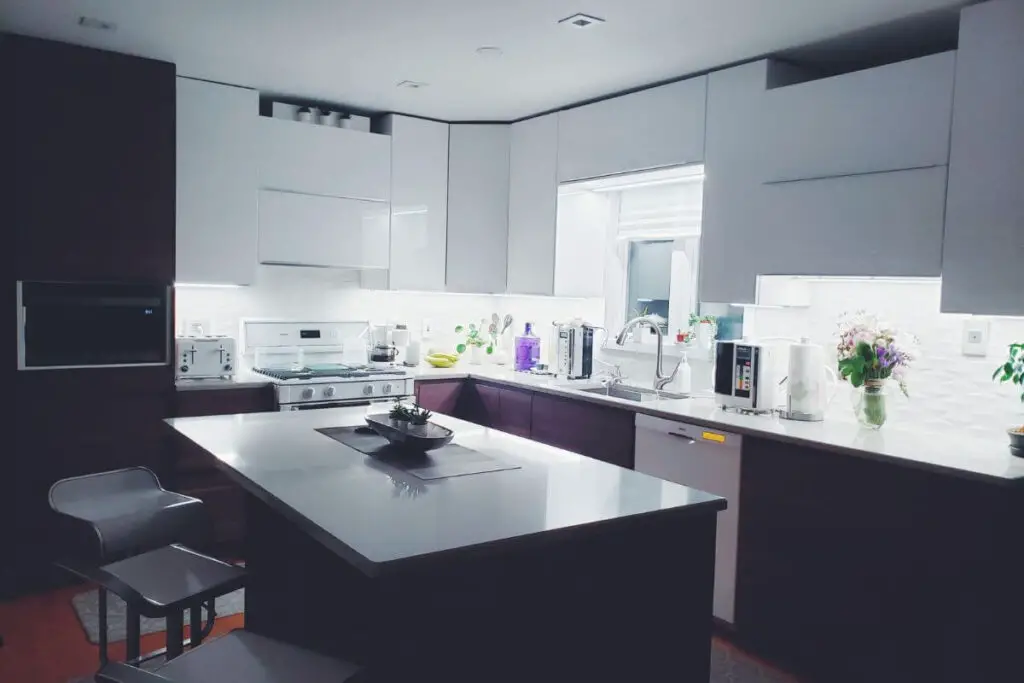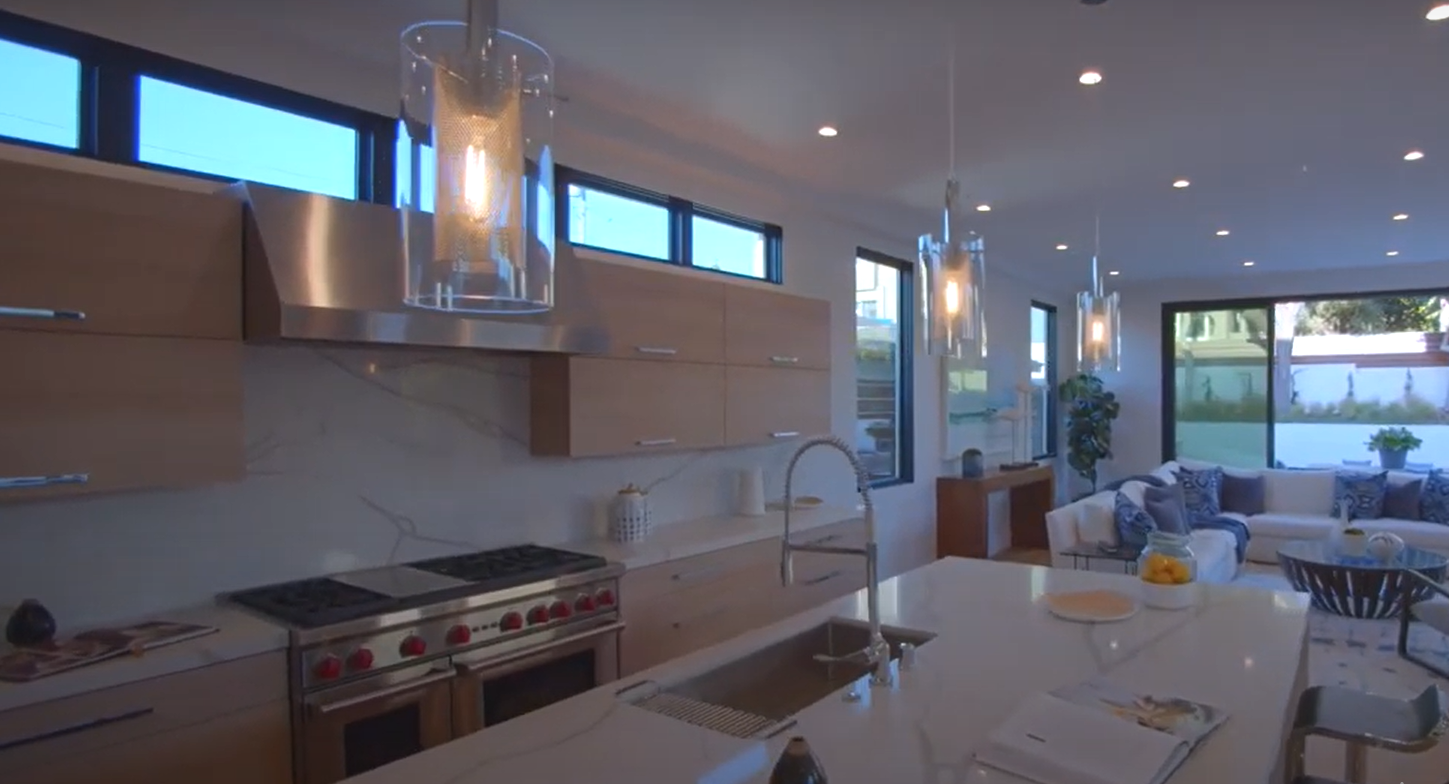Storage Capacity and Accessibility: Kitchen Drawers Vs Cabinets

The choice between drawers and cabinets for kitchen storage is a significant one, impacting both the efficiency and aesthetics of your kitchen. Both offer unique advantages and drawbacks, depending on your specific storage needs and the overall layout of your kitchen. This section will delve into the storage capacity and accessibility of each option, examining their suitability for various kitchen items and exploring how they can be incorporated into different kitchen layouts.
Storage Capacity Comparison
The storage capacity of drawers and cabinets can be measured in terms of volume and accessibility. Drawers typically offer a more compact storage solution with a lower volume capacity compared to cabinets. However, drawers excel in accessibility, allowing for easy access to items stored within. Cabinets, on the other hand, provide a larger volume capacity but can be less accessible, especially for items stored at the back or on higher shelves.
- Drawers: Offer a more compact storage solution, with a lower volume capacity than cabinets. However, they excel in accessibility, allowing for easy access to items stored within.
- Cabinets: Provide a larger volume capacity but can be less accessible, especially for items stored at the back or on higher shelves.
Storage Suitability for Different Kitchen Items
The suitability of drawers and cabinets for storing different kitchen items depends on the item’s size, weight, and frequency of use.
- Pots and Pans: Drawers are ideal for storing pots and pans, as they provide easy access and prevent items from getting stacked too high. Cabinets can also be used for pots and pans, but accessibility can be an issue, especially for heavier pots and pans stored on higher shelves.
- Dishes: Drawers with dividers are a popular choice for storing dishes, allowing for easy access and preventing breakage. Cabinets with adjustable shelves can also be used for dishes, but care must be taken to ensure proper stacking and prevent breakage.
- Utensils: Drawers are ideal for storing utensils, providing easy access and allowing for organization with dividers or utensil trays. Cabinets can also be used for utensils, but accessibility can be an issue, especially for utensils stored on higher shelves.
Kitchen Layouts for Drawers and Cabinets
The choice between drawers and cabinets for kitchen storage can also be influenced by the layout of the kitchen.
- Small Kitchens: Drawers can be a better choice for small kitchens, as they maximize vertical space and offer easy access to stored items. Cabinets can also be used in small kitchens, but they can make the space feel cramped.
- Large Kitchens: Large kitchens can accommodate both drawers and cabinets, allowing for greater storage capacity and flexibility. Cabinets can be used for less frequently used items, while drawers can be used for items that are frequently accessed.
- Island Kitchens: Island kitchens can incorporate both drawers and cabinets, with drawers typically located in the base of the island and cabinets used for upper storage. This layout provides ample storage space and easy access to frequently used items.
Average Storage Capacity of Drawers and Cabinets
The following table compares the average storage capacity of standard drawer sizes vs. cabinet sizes.
| Size | Drawers (Cubic Feet) | Cabinets (Cubic Feet) |
|---|---|---|
| Small | 1-2 | 3-5 |
| Medium | 2-4 | 5-8 |
| Large | 4-6 | 8-12 |
Organization and Functionality

When choosing between drawers and cabinets for your kitchen, organization and functionality are crucial considerations. A well-organized kitchen promotes efficiency and ease of use, making cooking and cleaning a more enjoyable experience.
Organizing Drawers for Efficiency
Organizing drawers effectively maximizes space and ensures items are easily accessible. Here are some tips:
- Drawer Dividers: Drawer dividers create separate compartments within the drawer, allowing you to categorize items and keep them organized. This helps prevent clutter and makes it easier to find what you need.
- Drawer Organizers: Drawer organizers are specialized containers that can be used to store specific items, such as utensils, cutlery, or spices. These organizers can be stacked or placed side-by-side, optimizing drawer space.
- Vertical Storage: Utilize vertical space by using drawer organizers with multiple tiers or stacking containers. This allows you to store more items in the same drawer space.
Maximizing Cabinet Space
Cabinets offer ample storage space, but it’s essential to maximize their potential. Here are some ways to achieve this:
- Shelf Risers: Shelf risers create additional levels within a cabinet, allowing you to store more items vertically. This is particularly useful for storing tall items like pots and pans.
- Turntables: Turntables are ideal for storing items in the back of a cabinet, making them easily accessible without having to remove other items. This is particularly helpful for storing spices or canned goods.
- Pull-Out Shelves: Pull-out shelves make accessing items in the back of a cabinet much easier. They are especially useful for storing heavy items or items you frequently use.
Creative Storage Solutions
Both drawers and cabinets offer opportunities for creative storage solutions. Here are some examples:
- Under-Sink Storage: Utilize the space under the sink by installing pull-out drawers or shelves. This can be used to store cleaning supplies, trash cans, or other items.
- Wall-Mounted Storage: Install wall-mounted shelves or racks to free up counter space and add additional storage. This is a great way to store items like spices, cookbooks, or small appliances.
- Over-the-Door Organizers: Over-the-door organizers can be used to store items like cleaning supplies, utensils, or snacks. This is a space-saving solution that is particularly useful for smaller kitchens.
Aesthetics and Design

The aesthetic appeal of drawers and cabinets is crucial in creating a cohesive and visually pleasing kitchen design. The choice between drawers and cabinets can significantly impact the overall style, functionality, and flow of the kitchen space. This section delves into the aesthetic considerations of drawers and cabinets, exploring their suitability for various kitchen styles and their impact on the kitchen’s layout and flow.
Influence of Drawer and Cabinet Design on Kitchen Styles, Kitchen drawers vs cabinets
The choice between drawers and cabinets can significantly impact the overall aesthetic of a kitchen. Different styles lend themselves better to specific drawer and cabinet designs. For instance, modern kitchens often embrace sleek, minimalist designs with clean lines and integrated handles. Drawers, with their smooth surfaces and concealed hardware, align well with this aesthetic. Traditional kitchens, on the other hand, favor ornate details, decorative hardware, and visible hinges. Cabinets, particularly those with raised panel doors, complement this style by providing a more traditional and classic look. Farmhouse kitchens, known for their rustic charm and warm tones, often incorporate drawers and cabinets with distressed finishes, exposed wood, and decorative hardware.
Impact of Drawer and Cabinet Design on Kitchen Layout and Flow
Beyond aesthetics, drawer and cabinet design significantly influences the layout and flow of the kitchen. Drawers, with their easy accessibility and efficient use of space, promote a streamlined and organized kitchen. The ability to pull out entire drawers allows for quick access to items, reducing the need to rummage through multiple shelves or bins. Cabinets, especially those with multiple shelves, can create a sense of clutter and make accessing items at the back difficult. However, cabinets can be beneficial in maximizing vertical space, particularly in smaller kitchens.
Examples of Drawer and Cabinet Integration into Cohesive Kitchen Design
Integrating drawers and cabinets effectively is crucial for creating a cohesive kitchen design. A modern kitchen, for instance, might feature a sleek island with drawers for easy access to utensils and appliances, while wall cabinets with minimalist handles provide ample storage for dishes and cookware. In a traditional kitchen, a combination of drawers and cabinets can create a balanced and elegant look. Drawers can be used for frequently used items like silverware and linens, while cabinets can house less frequently used items like serving dishes and seasonal cookware.
Table of Drawer and Cabinet Styles with Corresponding Kitchen Designs
| Drawer/Cabinet Style | Kitchen Design | Example |
|---|---|---|
| Sleek, minimalist drawers with integrated handles | Modern | A contemporary kitchen with a stainless steel backsplash and white cabinetry featuring sleek drawers with integrated handles. |
| Cabinets with raised panel doors and decorative hardware | Traditional | A traditional kitchen with warm wood tones, crown molding, and cabinets with raised panel doors and ornate brass hardware. |
| Distressed wood drawers and cabinets with exposed hardware | Farmhouse | A farmhouse kitchen with a distressed wood island featuring drawers with exposed hardware, and cabinets with open shelves showcasing vintage cookware. |
| Glass-front cabinets with decorative accents | Transitional | A transitional kitchen blending modern and traditional elements, featuring a combination of drawers and glass-front cabinets with decorative accents. |
Kitchen drawers vs cabinets – The age-old debate of kitchen drawers vs. cabinets continues, each offering distinct advantages. While drawers provide easy access to items, cabinets offer more storage space and versatility. If you’re looking for a stylish solution to add storage without sacrificing space, consider an accent cabinet with doors and drawers.
These cabinets, often smaller in size, can be strategically placed in your kitchen to enhance both functionality and aesthetics. Ultimately, the choice between drawers and cabinets depends on your individual needs and preferences, and accent cabinets can be a great addition to any kitchen.
The debate between kitchen drawers and cabinets often comes down to personal preference and the specific needs of your kitchen. While drawers offer easy accessibility and visibility, cabinets provide more storage space, especially for taller items. If you’re looking for a cost-effective and customizable solution, consider buying kitchen cabinets direct from manufacturer.
This way, you can choose the style, size, and features that best suit your kitchen layout and storage requirements, ensuring a perfect balance between drawers and cabinets for optimal functionality.
